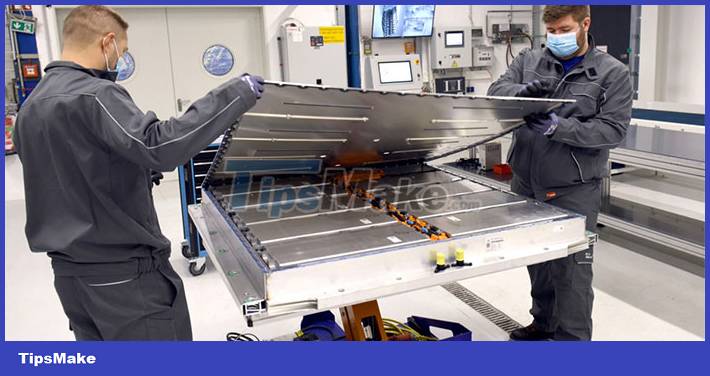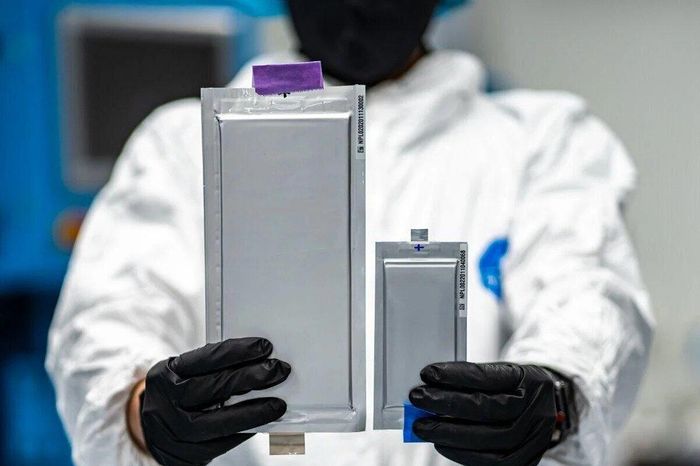How are old electric car batteries recycled?
According to one estimate, more than 12 million tons of lithium-ion batteries will be recovered between now and 2030 and they need to be recycled. So, how are old electric car batteries recycled? Check out Volkswagen's car battery recycling process in Saltzgitter, Germany.

In early 2021, Volkswagen put into operation an old electric car battery recycling plant in Saltzgitter, Germany. Here, a line with many complicated stages for sorting, useful battery blocks, crushing, drying, separating "sludge" metals such as lithium, manganese, cobalt., helps to recycle 95% used battery pack.
The old battery is disassembled, checked and discharged. The remaining battery cells are kept. Separating the metal and the chemicals in the battery requires several steps. The first is grinding to create a moist mixture of large particles of metal and chemicals. The retained particles are dried and the electrolyte liquid is pumped out, and the dry material is sieved, separating the 'black powder' of lithium, manganese, cobalt and graphite.
Magnetic raw materials are separated from the particles. Non-magnetic metals are isolated from synthetic particles. The result is bags of plastic scraps, a mixture of aluminum and copper, a powdered mixture of lithium, cobalt and other battery metals that can be reused.
Volkswagen's recycling plant can process about 3,600 batteries a year.
You should read it
- This technology can help fully charge an electric car's battery in just 10 minutes
- How does cold weather affect electric car batteries?
- Electric car charger in just 5 minutes with new battery invention
- Use a battery drill or electric drill
- Samsung's new battery technology can allow electric cars to run up to 800km on a single charge
- This portable electric chair can reach speeds of 40km / h
- Scientists have successfully developed a lithium battery that will never explode despite overheating
- How to Build an Inexpensive Electric Bicycle
- Instructions for using safety electric blankets
- Electric eel - inspired to create biocompatible hydrogel batteries
- The silly faults of people using electric stoves make the kitchen break down quickly
- Close up of the world's first electric powered boat, glides smoothly and flies over the water
May be interested

China bans ChatGPT for fear of spreading misinformation

See how China built a railway 825 km across the 'Sea of Death'

Google Search crashed for the first time in internet history

LockBit Ransomware takes advantage of Microsoft Defender itself to infect

Series of Android applications contain malicious code you should remove immediately from your device

Windows users silently receiving Microsoft Bing Service 2.0 update cannot be uninstalled






 Buy retail laptop battery is very easy to 'stick' recycling products
Buy retail laptop battery is very easy to 'stick' recycling products How do electric car batteries work?
How do electric car batteries work? Samsung's new battery technology can allow electric cars to run up to 800km on a single charge
Samsung's new battery technology can allow electric cars to run up to 800km on a single charge Electric eel - inspired to create biocompatible hydrogel batteries
Electric eel - inspired to create biocompatible hydrogel batteries New materials for lithium-ion batteries can double the distance for electric vehicles
New materials for lithium-ion batteries can double the distance for electric vehicles This technology can help fully charge an electric car's battery in just 10 minutes
This technology can help fully charge an electric car's battery in just 10 minutes